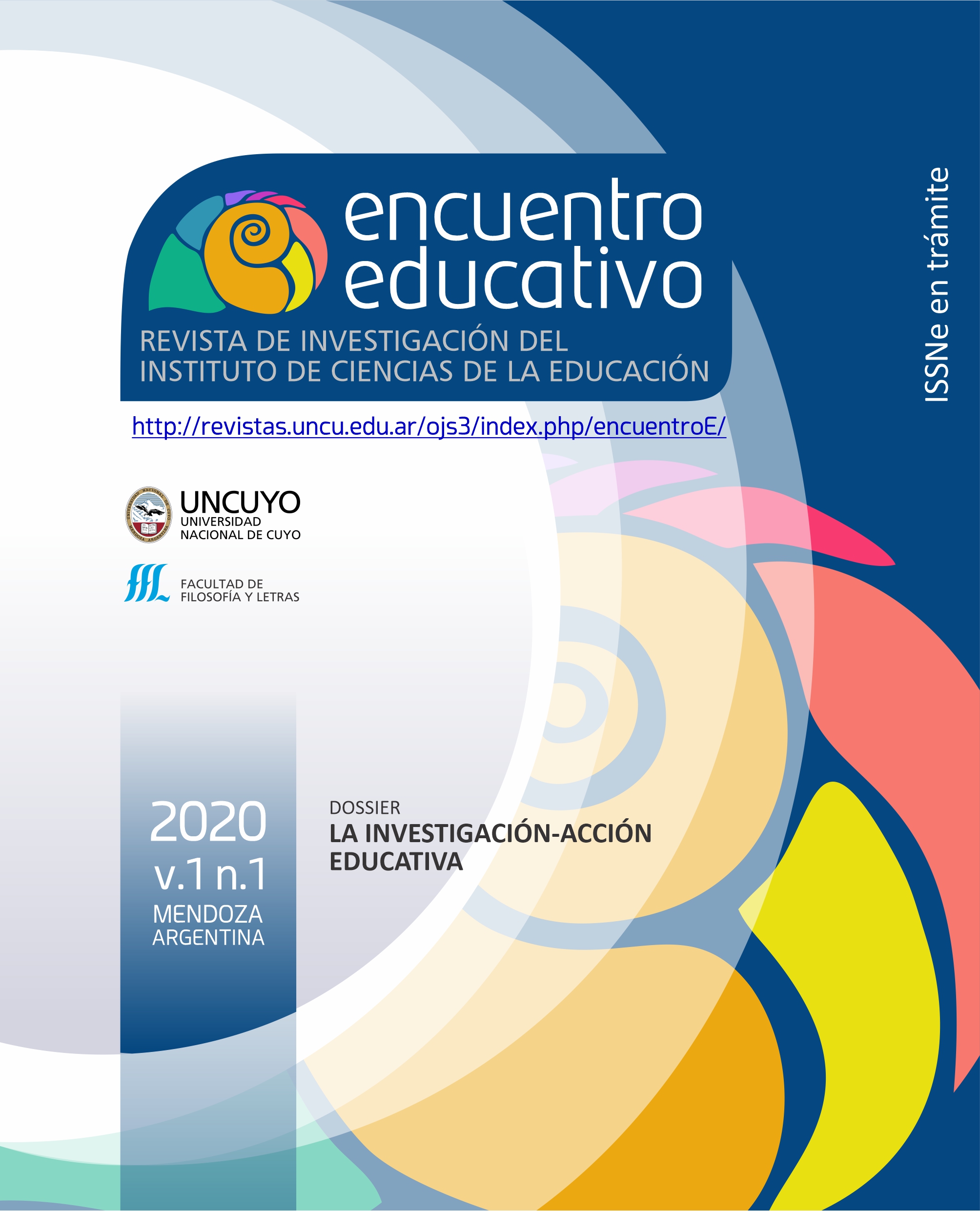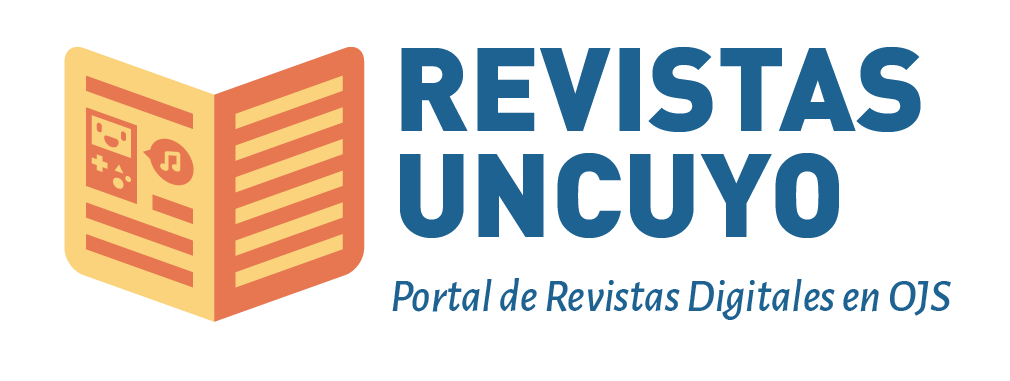Articulation between Algebra and Financial Mathematics: educational intervention in entrants to the Public Accountant career.
Keywords:
Education, Educational Research, Vertical ArticulationAbstract
The teaching-learning process is defined as a dynamic construction that can be subjected to permanent feedback and modification of strategies, to capture rearticulations, giving place to educational research-action. The challenge of meaningful learning for all the actors in the aforementioned process promotes the emergence of a research query: is it feasible that curricular spaces can be vertically articulated in a university-level context, in the Public Accountant Career at the University of Cuenca del Plata, at its Posadas
headquarters?
From the spaces of Algebra and Financial Mathematics, the teachers try to deliberately generate a spiral path of approximate successive approaches, to address the lack in establishing relationships between the concepts and methodology of Algebra, when solving situations in context.
This article describes qualitative research accompanied by non-modeled, nonexperimental and longitudinal quantifications, which involve stages of exchange, reflection, register and evaluation of the joint. The university chair strategy is employed , and the administration of surveys to the students of the 2018 and 2019 cohorts of Algebra, in order to have feedback to the intervention, which promotes readjustments for future proactive actions in the previously defined curricular space.
The choice of the guest-to-chair device gives place to an approach to the training of the future accountant sustained in a living, dynamic curriculum that responds
to the constructivist pedagogical model.
The critical look at the results of the surveys gave place to three main axes of discussion for teachers: the analysis of the pedagogical proposal itself, the relationship of algebra with the pedagogical proposal, and finally the suggestions of the subjects surveyed.
As a corollary, it can be confirmed, from the analysis of the results, that the answers of the questions raised had been achieved, since it was possible to establish a vertical articulation characterized by increased motivation for reflective actions before, during and after the interventions, which were generally perceived by the respondents as positive and conducive to projecting themselves as a student of the professionalization cycle.
References
Aragón Caraveo, E., Castro Ling, C., Gomez Heredia, B. y González Plascencia, R. (2009). Objetos de aprendizaje como recursos didácticos del aprendizaje. Apertura, 1 (1), 1-15.
Anijovich, R., Mora, S. (2009). Estrategias de enseñanza: Otra mirada al quehacer en el aula. Buenos Aires, Argentina: Aique Grupo Editor.
Díaz Barriga Arceo, F. (2003). Cognición situada y estrategias para el aprendizaje significativo. Revista electrónica de investigación educativa, 5 (2). Recuperado de https://redie.uabc.mx/redie/article/view/85/151
Davini, M. (2008). Métodos de enseñanza: didáctica general para maestros y profesores. Buenos Aires, Argentina: Santillana.
Distéfano, M., Urquijo, S. y González de Galindo, S. (2010). Una intervención educativa para la enseñanza del lenguaje simbólico. Unión, Revista Iberoamericana de Educación Matemática, 23, 59-71.
Fernández Bravo, J. (2005). Avatares y estereotipos sobre la enseñanza de los algoritmos en matemáticas. Revista Iberoamericana de Educación Matemática 4, 31-46.
Gómez Mendoza, M. (2005). La Transposición didáctica: Historia de un concepto. Revista Latinoamericana de Estudios Educativos, 1 (1), 83-115. Recuperado de https://www.redalyc.org/articulo.oa?id=1341/134116845006
Hernandez Sampieri, R., Fernández Collado, C., Baptista Lucio, P. (2014). Metodología de la investigación (6ª ed.). México: Mc Graw Hill.
Lucarelli, E. (2003) Prácticas innovadoras en el docente universitario. Educação, 27, (54) 503-524. Recuperado de https://www.redalyc.org/articulo.oa?id=848/84805410
Sirvent, M., Rigal, L. (2014). La investigación acción participativa como un modo de hacer ciencia de lo social. Decisio Investigación Acción Participativa. Saberes para la acción en educación de adultos, 38, 7-12.
Sacristán, G. y Pérez Gómez, A. (1992) Comprender y transformar la enseñanza. Madrid, España: Ediciones Morata.
Steiman, J. (2008). Más didáctica en la educación superior. Buenos Aires, Argentina: Miño y Dávila -UNSAM.
Terigi, F. (Mayo 2007). Los desafíos que plantean las trayectorias escolares. En III Foro Latinoamericano de Educación. Jóvenes y docentes. La escuela secundaria en el mundo de hoy. Recuperado de http://www.ieo.edu.ar/promedu/trayescolar/desafios.pdf.













